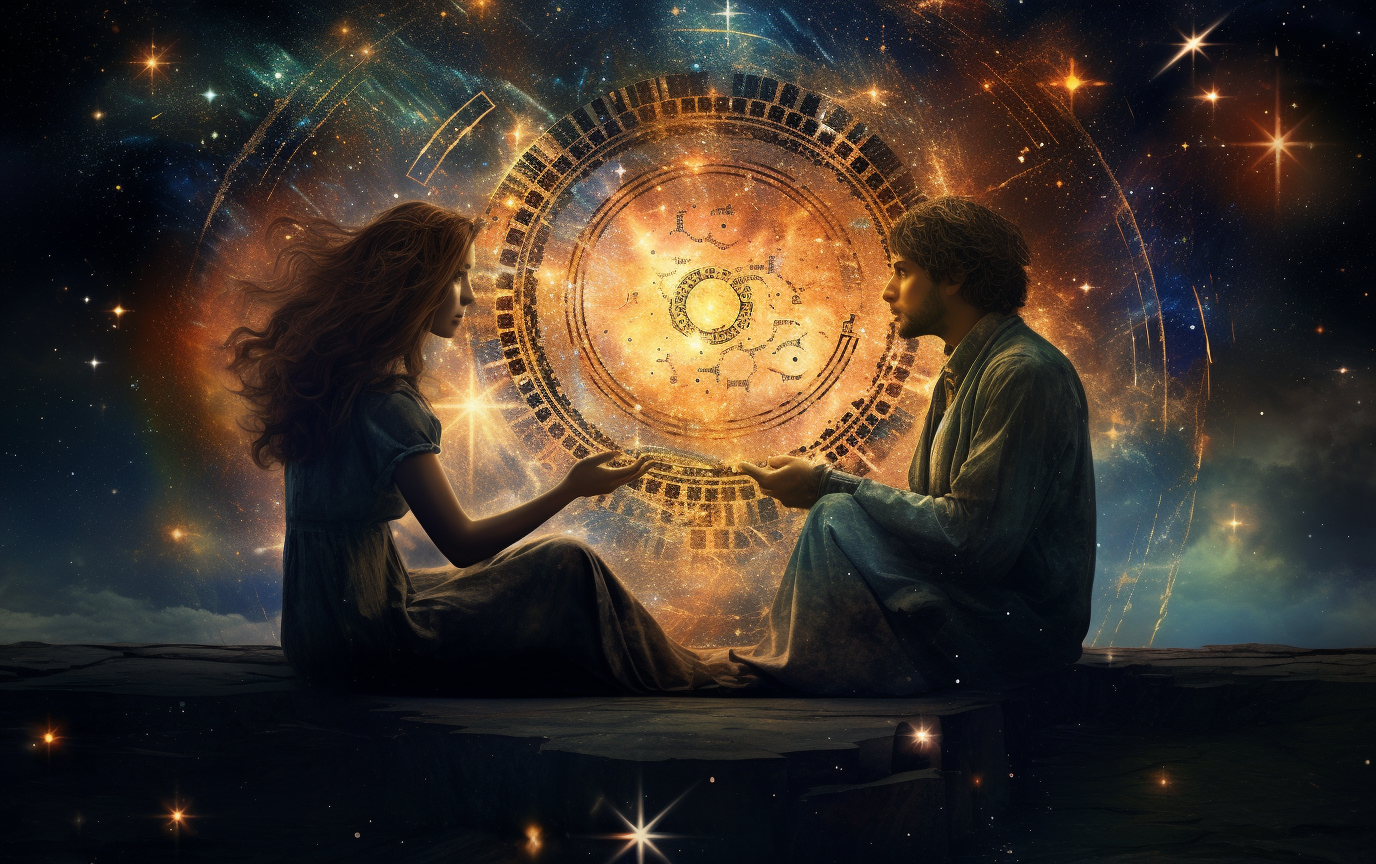Have you ever wondered why you sometimes wake up and sail through your day without any sense of stress, frustration or angst, while on another day stress and angst seem to be the themes of your existence? Are we just victims of random events that propel us without choice into unhappiness and stress? Do we have a choice in the matter? Seekers, including the ancient yogis, have asked this question for thousands of years.
Where does stress come from?
Most of us perceive stress and anxiety as coming from an outside source. You are stuck in traffic going 20 miles an hour on the freeway, and all you can think about is how the traffic is driving you crazy. You step on the scale and it tells you your weight is five pounds more than it was two days before—your mood plummets. Your daughter announces that she will be moving back in with you indefinitely. You have budgeted the entire year to a penny—for yourself alone—so that you can finally afford that course you have been longing to take. All of these are outside sources that we blame for our internal state.
We all have criteria for what we think will make us happy. It may be losing weight, finding the perfect partner, gaining the approval of our peers or having lots of money. But there is often a hidden subtext to our criteria for happiness, which may be the root of the very suffering we are trying to avoid. Implicit in the desire to have money is the fear of being poor. Implicit in the desire to have a partner is the need to not be alone. Implicit in the desire to be thin is the implication that if we’re fat, we cannot be happy.
By becoming attached to the idea that life needs to be a certain way in order for me to be happy, I sow the seeds of my own potential unhappiness. If having money means being happy, not having money means being unhappy. If I equate a partner with happiness, then being alone means being unhappy.
We are all programmed with a set of criteria—conscious or unconscious—mostly related to our past experiences, our culture, our family and even our past lives, which determines the unconscious “rules” by which we decide whether we can allow ourselves to be happy and stress free or not. If I weigh 125, I am allowed to feel happy—so I do. But if I should get on a scale and see the number 130, I will not allow myself to be happy.
Do you see how this works? It is each of us—not life—-that determines our level of happiness. This does not mean that we cannot have preferences. The trap is becoming so attached to our preferences that we cannot let go and simply allow life to show up as it will. Life has no allegiance to my criteria or me. It will show up how it shows up—like the rain does.
Things happen. They are not personal. But we take them personally. We take the impersonal events of life—events that are much like the rain—and personalize them. We say, “God, if you love me you will not make it rain today.” Then, if it rains, we decide we are mad at God. But how can we put any conditions on what God should or shouldn’t do?
Rain will happen when the meteorological conditions for it are present. We are the ones who put conditions on the rain. Okay, it rained; now I am unhappy. Whose fault is that?
Reality management
Yogis saw that our “rules” about how life needs to be in order for us to be happy are the root of all suffering. From the point of view of yoga, we have two choices. Choice number one is what I call the reality management program. We spend our life energy trying to get all the people around us to fit our criteria—to do, say and act just the way we want them to—so that we can feel happy. We train our close friends and loved ones, verbally or nonverbally, how to act in order to get our love. We do it at work as well. We try to make reality fit our idea of success—more money, better title, recognition. People spend their whole lives trying to get reality to fit their picture of “success” so that they can be happy.
Let’s say you get all the things you have always wanted. You have reached the pinnacle of success and have all the money, power and recognition you could have ever wanted. Feels great, doesn’t it? But how long before the mind tells you that you have to get the next thing? Reality management is an uncertain strategy at best.
After many years—lifetimes even—of struggling to find contentment in this way, some fortunate people start to realize that for the amount of energy they are putting into the reality management program, it is not producing lasting happiness. It is a dead end. Only when the individual realizes this can the spiritual journey begin.
If reality management doesn’t work, why do we attempt it? Take a look at some of the criteria that regularly operate in your life, such as when you say: “If only ____, then I would be happy.” Now imagine that you have the thing that you yearn for. My guess is that, for a moment at least, you would experience a state of “not wanting anything more,” a state of contentment in which nothing needs to be different than it is and you can completely be at rest.
I suggest that the reason we all stick so fervently to reality management is that in our own convoluted way, we are searching for the state of Being in which all is well. We are searching for the experience of completeness, of not wanting anything more, of integration. Could we but realize it, we are searching for the wholeness that is the very essence of yoga.

The way of the yogi
With the reality management plan, we are depending on outside circumstances to create an inner state. Since outside circumstances have a life of their own, this is a gamble. With choice number two, the way of the yogi, we begin with the assumption that the state of Being we are looking for is already present.
Let’s consider this for a moment. Is the state of Being always available to us regardless of outside circumstances? The yogis have long known that this state of Being is independent of what you have or don’t have, what you achieve or don’t achieve. It is simply who you ARE. When we begin with the assumption of wholeness rather than of a lack that needs to be filled by something from the outside, we have access to another strategy for living life. When we see that nothing out there will ever make us feel complete, because we are already complete, we can stop manipulating people, places and things to make us feel happy. Instead of doing things in order to experience happiness, we experience the Being that we are and allow it to be the source of our doing. It is not that we no longer take action or initiative. It is that the initiative to act does not come from an assumption of a lack but from a knowledge and natural expression of our own fullness.
Choice number two, the way of the yogi, comes down to this: being free from the need for circumstances to be other than they are in order for us to be happy. If anything you do has a subtext of “in order to,” you are in reality management. In the way of the yogi, we devote our lives to letting go of any expectations we have about how life should be. We practice relaxing in the moment, no matter what is taking place. When we face situations that we normally would react to, we catch ourselves and say, “Can I relax with this?” Take note of the things that pull you back into reality management. Soon you will notice that just by putting your attention on this intention, you will be able to relax with more and more things happening in your life.
How does the physical practice of Hatha yoga tie into this? First, the practice is intended to put demands on the body and mind (in laboratory-like conditions), so that we can see our tendency to try to manage reality. We try to escape from the discomfort (physical, mental or emotional) in a pose in much the same way we do in life. As we learn to allow all sensations, emotions and thoughts to be present, without needing to fix, judge, rationalize or change the experience in any way, we are preparing for similar life circumstances. Second, as we learn to bypass the tendency to manage reality, we stop striving to achieve or make things happen. Then, we experience the Being that we are and are following the way of the yogi.
Published in Yoga Chicago & Sacred Pathways Magazine
September/October 2006
By Kamini Desai






